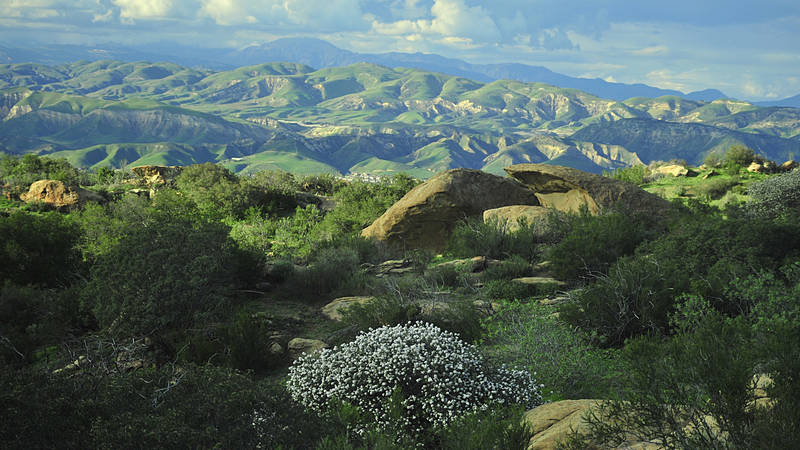Climate change is the greatest threat facing our national parks and people across the world. But the Environmental Protection Agency (EPA) is taking strident measures to strip the U.S. of necessary rules to curb climate pollution.
Day by day, climate change tears away at the fabric of national park ecosystems. Glacier, Joshua Tree and Saguaro risk losing their namesake features. Warming water threatens the existence of species like Shenandoah’s native brook trout. Record-breaking wildfires are devastating forested parks like Rocky Mountain and Yosemite. Everglades and other coastal parks are losing shoreline and critical protection against storms. Outdated coal power plants are a main source of carbon dioxide pollution that drives these dangerous changes. The Clean Power Plan (CPP) sets common sense, necessary limits on this otherwise unchecked pollution.
Unfortunately, EPA is taking steps to repeal the CPP, removing one of the parks’ best hopes for the future. Join NPCA in urging EPA to reduce climate pollution—not to roll back the plan to do so.


